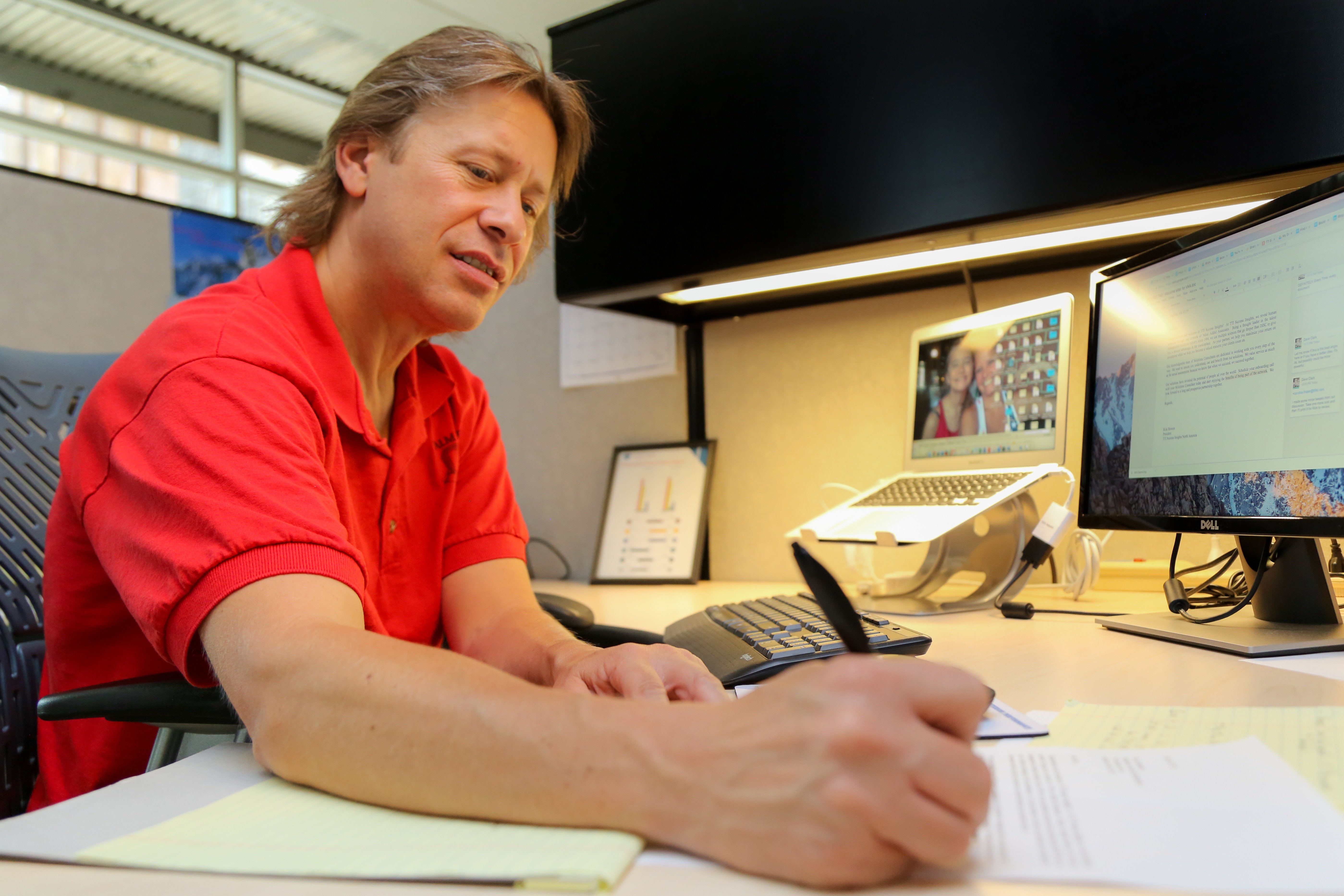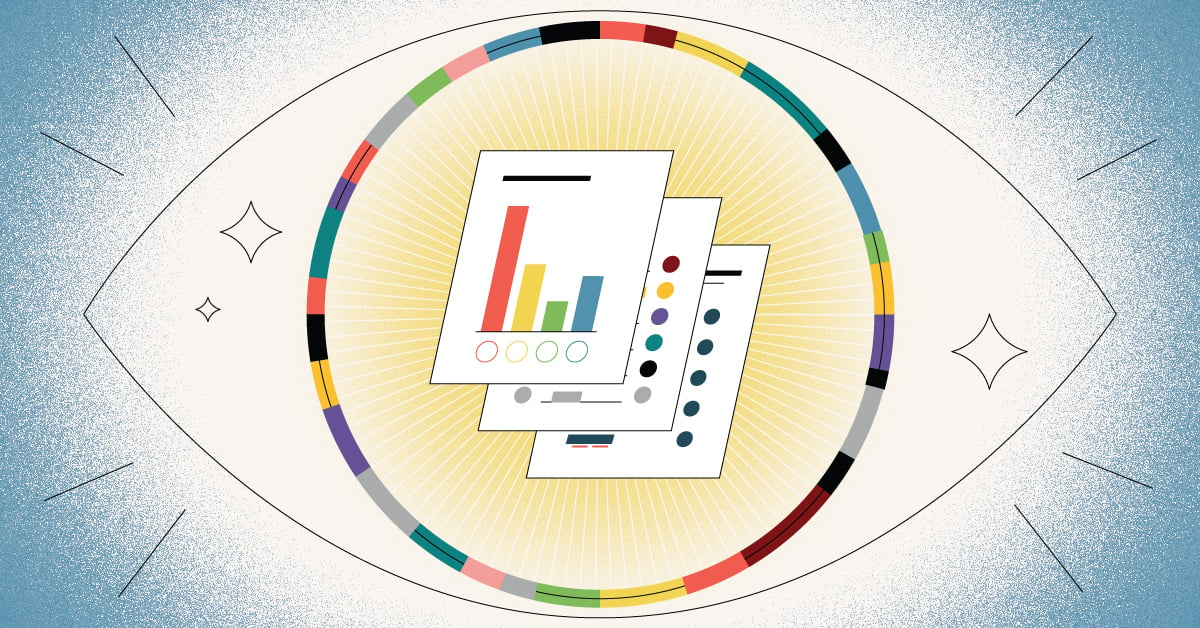 Each person values practicality and usefulness in different ways. Just as there are two sides to a coin, people approach their daily tasks in two opposing ways, focusing either on the simple completion of the task or the return on investment that the task delivers. Both are valuable perspectives that are driving forces for a person's actions.
Each person values practicality and usefulness in different ways. Just as there are two sides to a coin, people approach their daily tasks in two opposing ways, focusing either on the simple completion of the task or the return on investment that the task delivers. Both are valuable perspectives that are driving forces for a person's actions.
An effective, balanced team will feature people that fall on both sides of this continuum to help the team function to its best capacity.
Completion of the task vs. return on investment
On one hand, you have a person who is driven by completing tasks for the sake of completion, with little expectation of personal return. This person cares about completing a task, usually to the best of their ability, and they are typically unconcerned with how much time it takes to complete that task. Their sense of accomplishment lies in the completing the task, knowing they did a good job.
On the other end, the other person is acutely aware of the time, energy, and resources it takes to complete their project. They want to maximize those resources to the best of their ability. If someone slows them down, it causes stress, because they feel a project will be considered more effective if it can be done efficiently. They consider their energy and time to be as valuable as actual money, and they guard all three with great passion. The results-driven individual is motivated by practical results.
Now that you have a framework for the two types of people who value utility, let's examine how this comes to life for two different people: Tim and Adam.
Task-oriented Tim
Tim works with customers. He really doesn’t care how long it takes to complete a particular job, he just wants to be sure it’s done correctly and thoroughly. Efficiencies do not come into play for Tim, because whether a project takes a day or a week, Tim’s main concern is completing his work so he can go home feeling that he’s had a good day. He wants every customer to feel like they’ve had world-class service when they deal with him.
At times, Tim can tend to lose sight of deadlines and spend too much time on a project or with one particular customer. This may push his day back and mess up his other scheduled appointments. To those in the company concerned with maximizing time and staying within deadlines, Tim can push the boundaries (and their patience). On occasion, Tim’s willingness to be a team player and help accomplish tasks will put him in a position that falls beyond his level of expertise, sometimes putting him in situations over his head.
If someone judges Tim based solely on how efficient he is, it will make him uncomfortable. He appreciates people for who they are and doesn’t like to work for companies that view people strictly as a resource. When Tim hears “it’s all about the bottom line,” he becomes very resistant to that line of thinking.
Results-oriented Adam
Adam is a team leader who is in charge of big picture planning and working with key accounts for his company. He sees the world from an entirely different perspective than Tim does. He is driven first and foremost by return on investment and achieving practical results. He wants to make every minute of his day count, and wants to feel like he’s accomplished many things every single day. If he doesn’t, that day will not be considered a success to Adam.
Adam is enterprising by nature and his biggest pet peeve is wasting time. He considers his time to be very valuable and wants to make the best use of it that he can. He gets involved in projects where he finds a worthwhile return on investment and loses interest entirely with projects that don’t present this opportunity. He’s been called a workaholic by his friends because he is driven to succeed at a very high level.
There are times that Adam’s competitiveness can become a hindrance when his drive to succeed sometimes gets a little out of control. He believes in being rewarded for a job well done and has no interest in “competition trophies.” He believes people should get what they deserve, and that’s earned through good, old-fashioned hard work.
Advantages/Disadvantages
In the workplace, do you think there is advantage to one of these behavioral styles? Let’s imagine for a moment that the roles were reversed. How do you think Adam would fare being a customer service specialist? He’d be concerned with making every moment count, and prioritize efficiency over effectiveness. Sometimes to do a good job, extra attention needs to be paid to those areas that don't obtain an immediate return, which would make Adam comfortable.
If Tim were in charge of the team, he may be in a constant state of thought, rather than having the instincts to know when to make a decision and act on it. He may get caught up in the minutia and lose sight of the overall master plan.
Clearly, in the case of these two workers, the right people are in the right positions for the betterment of this particular company. While Tim and Adam have areas in which they excel, they also have areas where they would struggle, so being able to place the right people in the right positions is paramount to success.
Conclusion
It’s important to remember that a person can be a top performer regardless of which side of the continuum their behavior falls. At TTI Success Insights, we have a name for these two types of behaviors described in this story. Tim is a classic case of someone with a Selfless driver, where a person is driven by completing tasks with no expectation of personal return. Adam is the poster child for the Resourceful driver, where return on investment drives every thought and action of the person.
Knowing a person’s strengths and utilizing these strengths to the company’s advantage are the basic building blocks to creating a solid, high performing team.



